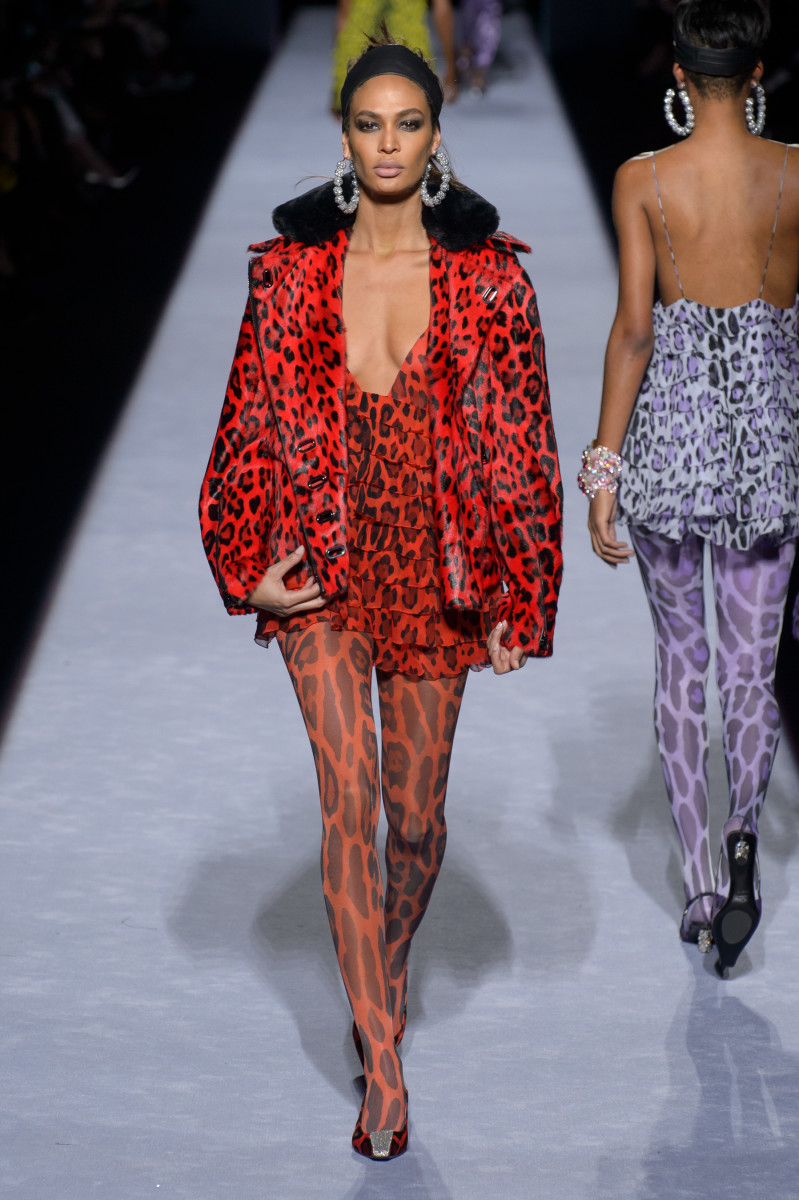Here we go again! Technology is disrupting yet another industry that has firmly held a grasp on its consumers and followers: Fashion, a notoriously anti-tech industry that's finally caving under the pressure of the smartphone world. It is hitting the show hard in 2018. This New York Fashion Week, Alexander Wang surprised the fashion industry by choosing to leave this season's showings. According to Vogue, Proenza Shouler, Rodarte, Altuzarra, and Thom Browne are all choosing not to show in NYC, as well. Designer Lela Rose also made the decision to do an Instagram show with 10 influencers and bloggers to model her Fall 2018 collection. Rebecca Taylor is also creating a VR experience with Tilt Brush (Google) in lieu of an in-person collection.
With showcasing collections becoming an outdated approach, and retailers/investors/industry insiders realizing the potential of social media to reach broader audiences, it begs the question: Is 2018 the final year of in-person fashion shows?
Fashion has always been a slow industry in adopting new technological advancements. J.Crew famously said last May that they were regretfully late in adopting e-commerce due to elitist attitudes. Some luxury retailers like Chanel and Céline still don't permit their customers from purchasing goods from their websites, which primarily function more so as lookbooks that direct their consumers to brick-and-mortar stores.
Walking into department stores like Neiman Marcus, Barneys New York, or Saks Fifth Avenue, you'll notice that their POS systems look like something out of the early '90s and 2000s. At times, luxury retail can almost feel like stepping into the relics of retail's golden age. When department stores were first founded, they were at the forefront of technology and innovation, having everything from entertainment to dining. Or let's look at the first fashion shows, which were exclusive events catering to International clientele that would only reach the magnitude they have now thanks to technological innovations like photography, air travel, and telephones. Fashion's growth depended on the growth of advancements in tech, so what's happened in our current age?
Once at the forefront of innovation, why are brands now stuck in a system that's 30 or even 40 years old? Perhaps it's the allure of exclusivity or feeling the social caché of carrying a piece that's inaccessible to the majority of consumers living off fast-fashion that keeps this archaic system running. Whatever the case, fashion's quickly falling behind, and only recently have things began to change.
Right now, the biggest concern of NYFW was the birth of the Instagram live fashion shows. Eva Chen, fashion icon and head of fashion partnerships at Instagram, reported last year that "What the audience wants isn't super produced," she said. "We find that people like that raw, "I am sitting right there' feeling. I think Instagram Live will be really huge this season." See-now-buy-now also made its debut, allowing consumers to buy pieces immediately from the runway, ditching the middle man of specialty boutiques and department stores. Rebecca Minkoff reported that their sales went up 64 percent annually after adopting this retail practice. "When we create an experience, the format is not as relevant as 'What is the experience, who is involved?" CEO Uri Minkoff told The Cut last year.

Consumers don't want to wait, so the exclusivity of fashion just doesn't appeal to the younger consumer base, which values immediacy, but also quality. So with all this being said, this year's NYFW could be the sign that the conversation has officially, perhaps permanently shifted. As we continuously become inseparable from technology, fashion is going to need to sink or swim, because ultimately clinging onto the past leads to loss, no matter how romantic the idea is. We'll take a front row seat either way because any way we can devour the details of NYFW is the best way for us! Let's see what they have in store in 2019!
No comments:
Post a Comment